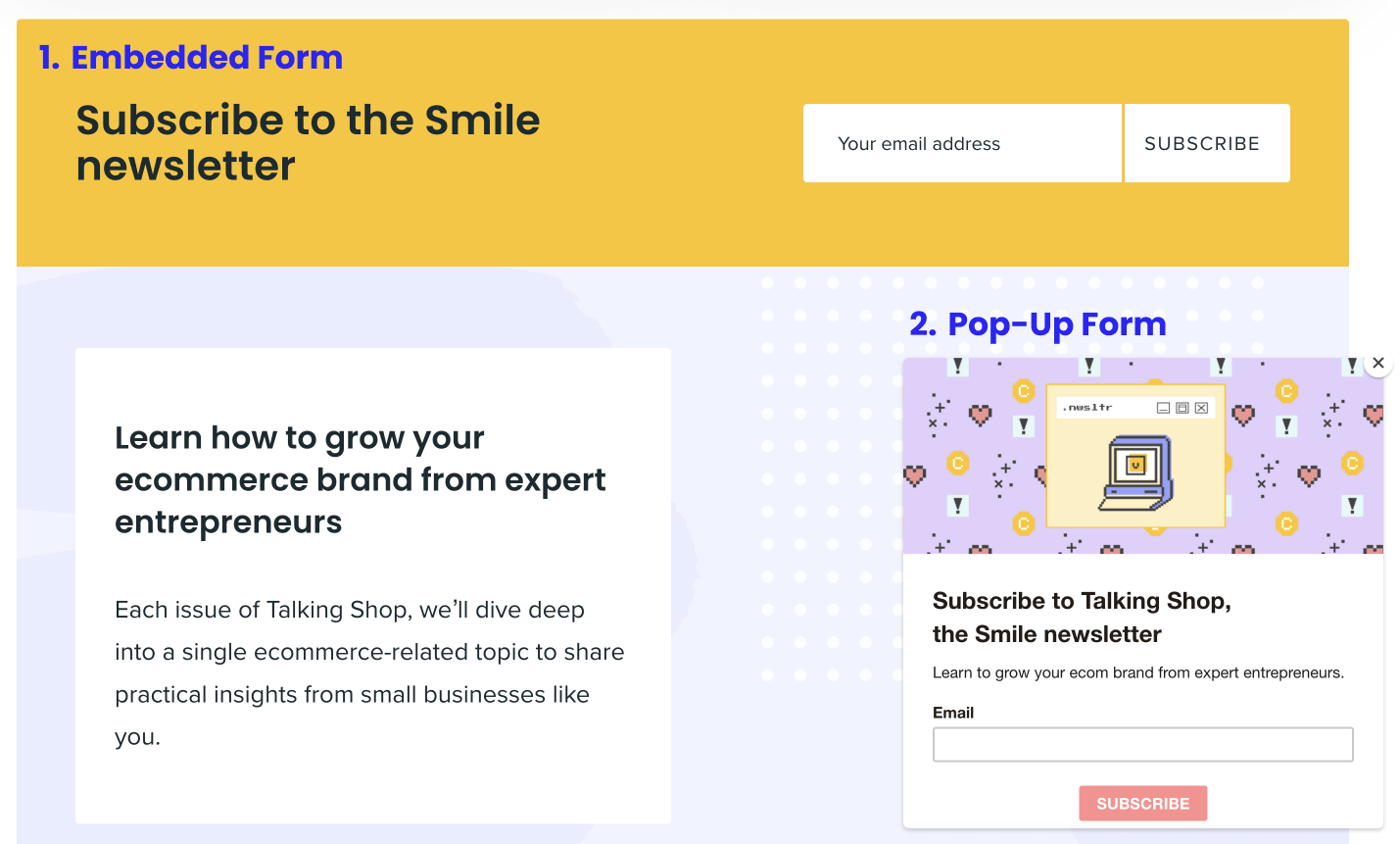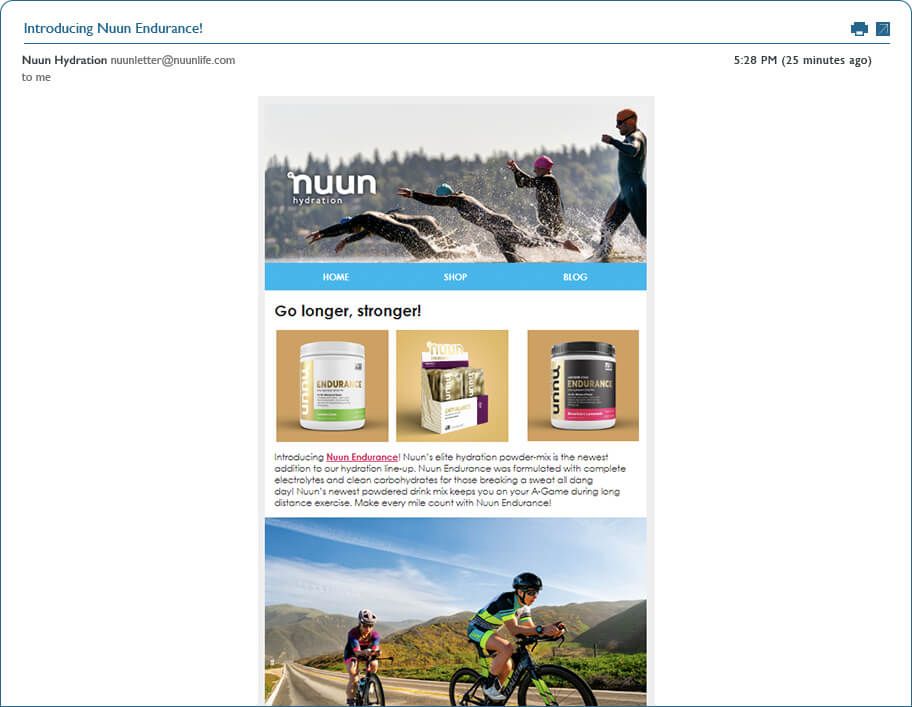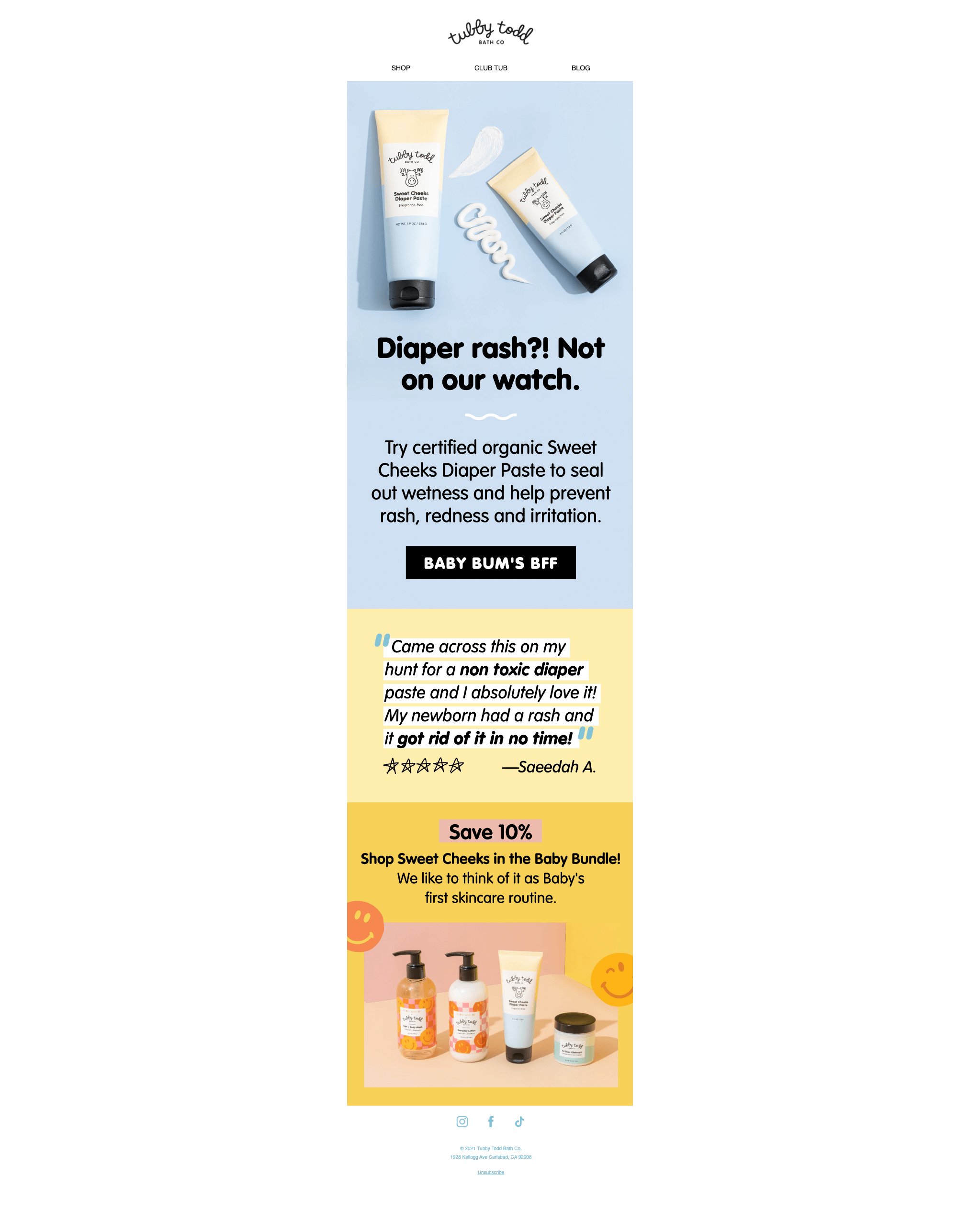If there’s any form of digital marketing that widely debated by experts, it’s email marketing. Some marketers think it’s outdated and some swear by it. But the fact of the matter is that email marketing isn’t going anywhere anytime soon.
In the midst of Apple’s IOS updates and Google’s third party cookie restrictions, third party data is taking a backseat to Customer First Data (aka first or zero party data). This means that controlling your marketing with owned channels, like email marketing, is the best ways to grow and automate.
Not just great bang for your buck, email marketing is one of the best ways to create personalized communications with your customers. It's generally defined as the act of sending messages from a business to individuals that have opted-in to your marketing.
We got the inside scoop from one of our partner apps, Klaviyo, a data-driven automated email marketing platform. With Klaviyo, you can segment your shoppers to personalize emails for new customers, loyal customers, and customers that you just haven't seen for quite some time.
The best part? You own 100% of the revenue generated from email marketing.
7 Steps to win at email marketing for ecommerce
Email marketing is a scalable channel, allowing it to easily grow with you as your brand grows. There are an estimated 4.3 billion daily email users—and this number is expected to hit nearly 4.6 billion by 2025.
Based on the sheer volume of inboxes you can reach, it’s clear that email marketing is a valuable channel to consider.
Let’s dive into 7 email marketing best practices from the experts at Klaviyo.
1. Get email opt-ins
Sign-up forms are the main way to collect emails with marketing consent, but not all forms perform equally. Each type of sign-up form (embedded, fly-out, and pop-up) provides a unique customer experience, but pop-up forms have proven to be the most successful with the highest average conversion rate.

“The more obvious the form, the more likely people are to notice it. And after noticing it—as long as the offer is relevant and appealing to the customer—they’re not shy in filling out their details,” shares Klaviyo.
Take this example from our very own website. Whenever someone visits the Smile blog, they’re invited to subscribe to the Smile newsletter, Talking Shop in multiple ways. First, at the bottom of every page there is an embedded form that customers can enter their email address into. Second, there is a pop-up form that appears after the visitor has been on the page for a while. Both opt-in options offer different customer experiences—one is more subtle and available at any time and one is an obvious call to action.
Experiment with different email opt-in options and determine which one performs best and aligns with your ideal customer experience.
2. Determine email type
Depending on your business goals, you can send many types of campaigns including welcome emails, post-purchase emails, and shopping abandonment emails to name a few. The key here is to send personalized messages to your customers. That way, they are receiving relevant and engaging content tailored to them!

3. Segment your customers
As your email list grows, some customers will find different elements of your brand more interesting than others. When this happens, it’s time to break out those customers into different groups (i.e. launching an email segmentation strategy) to improve your engagement rates.
“Email segments are a group of email subscribers defined by a set of conditions, like location or how recently they’ve clicked on an email. By segmenting your emails in your marketing platform, you can create personalized content that’s more likely to resonate with your entire audience – as well as grow your revenue,” Klaviyo tells us.
When getting started, consider letting your subscribers choose to receive emails based on the categories that are of the most interest to them. “Nuun, a wellness brand, noticed that a certain group of athletes typically only buy their endurance products. So, the team at Nunn began sending that group of customers strictly endurance-related content. As a result, the company saw that website traffic from emails increased 950% and revenue generated from email marketing went up 820% year over year.”

It’s also equally important to learn what types of emails are not ideal for certain segments. You can consider things such as location, demographics, previous purchases, how recently they clicked an email, or their stage in the customer journey, when determining your segments.
4. Write a compelling subject line to increase open rate
If customers don’t open your email, nothing in it matters. That’s why creating an effective email campaign relies on nailing the subject line. We recommend writing your subject line after you draft the rest of the email. This will help you convey what readers can expect to find inside.
Klaviyo’s data shows that the longer the subject line, the lower the open rate. Shorter subject lines are key, but not the end all be all. A/B testing your subject lines will give your emails the best chance of being opened by your customers.

5. Use effective calls to action (CTAs)
Every email campaign should encourage customers to further engage with your brand. Whether this involves directing them to a specific product page to shop or simply to visit your website to learn more.
“Clearly identify your CTA (e.g. "Shop now" button) to help customers know exactly what they’re supposed to do after reading your email. Too many links can be confusing and overwhelming.” Klaviyo advises.
This doesn’t mean that every email can only have 1 link though. “With proper CTA hierarchy, you can still include multiple links throughout the email. For example, if your email includes several products with individual purchase links, include a primary CTA to browse all products.”

6. Measure success through email marketing metrics
For brands using Klaviyo, the average email click rate (CR) for ecommerce is 3.62%. However, don't solely compare your business to this number as context is very important. Just as different email types have different goals, they have different click rates too.
Campaigns—or one-off emails—had a 1.42% average click rate in Q1 2022.
To determine a “good” click rate for your business, use these recommended methods from Klaviyo:
- Explore ecommerce industry benchmarks to familiarize yourself with average CRs across different industries. Klaviyo offers a platform to view up to date benchmarks to compare your performance to similar brands.
- Adjust your expectations based on your brand’s average performance. If your average CRs are in the bottom five percentile, don’t expect to immediately grow into the top five percentile. And if you’re performing right above average, don’t settle for average! Always aim to improve upon your own average CRs.
- Look at how different segments and email types perform. Your CRs for the emails you send to your 30-day engaged audience will perform differently than the ones you send to a list of unengaged subscribers. Automated email flows shouldn’t be compared to regular campaigns. By looking at your brand’s average CRs alongside industry benchmarks, you can define what success looks like for your campaigns.
7. Rinse and repeat
The key to effective email marketing is consistency and aligning with your customers’ expectations. Be sure you regularly email your customers so you stay relevant and top of mind. Just don’t send so many emails that you have them searching for the “Unsubscribe” button!

Start standing out in your customers’ inbox
Email marketing is one of the most direct communication channels an ecommerce business can have with its customers. When used effectively, it can generate revenue and deliver an extremely healthy ROI. So start using these ecommerce email marketing strategies from Klaviyo today!







